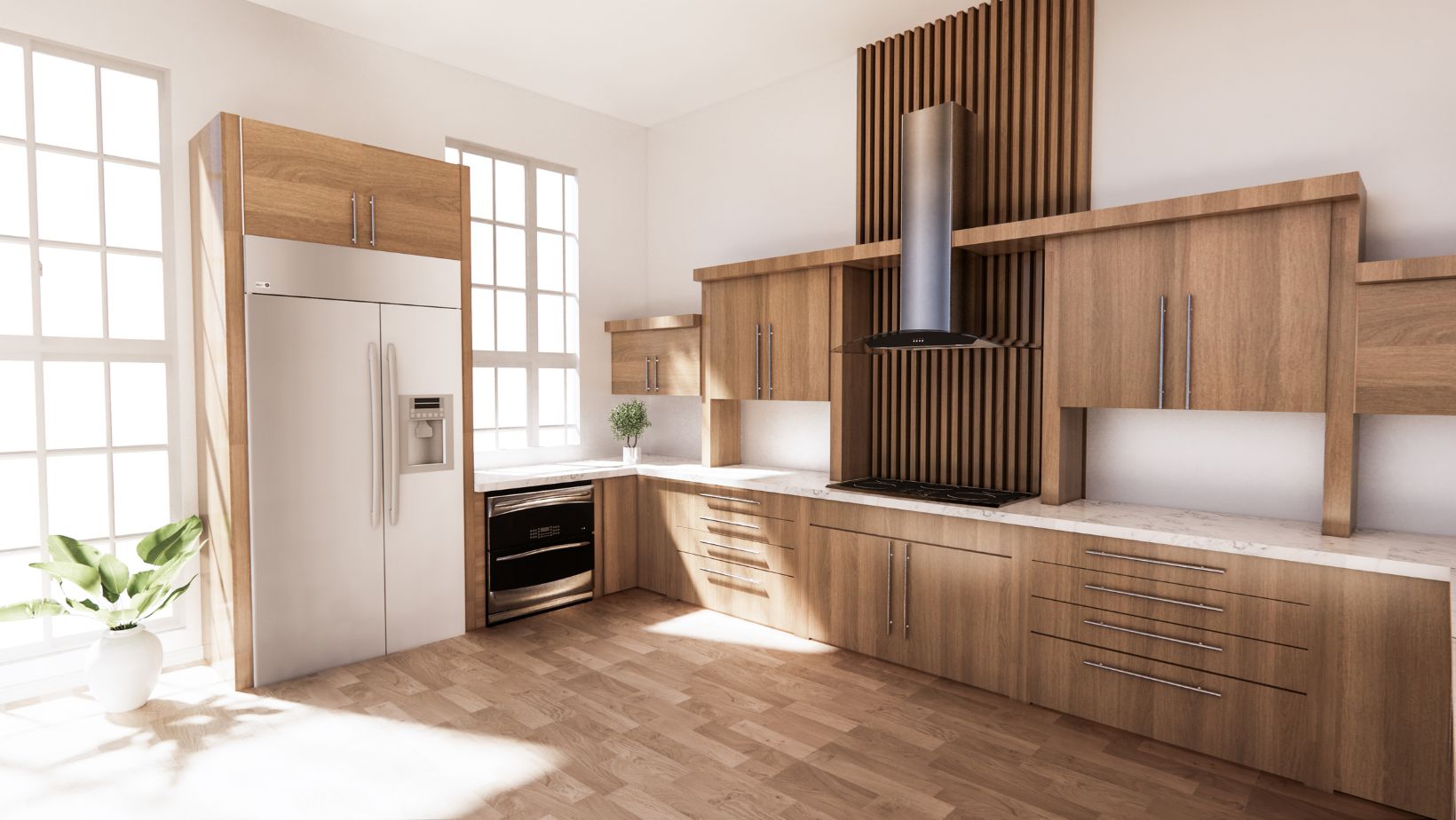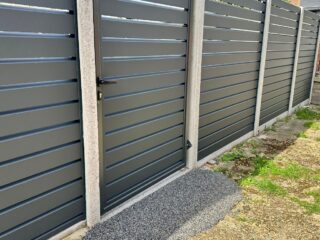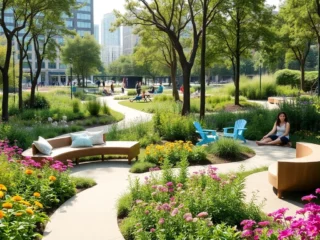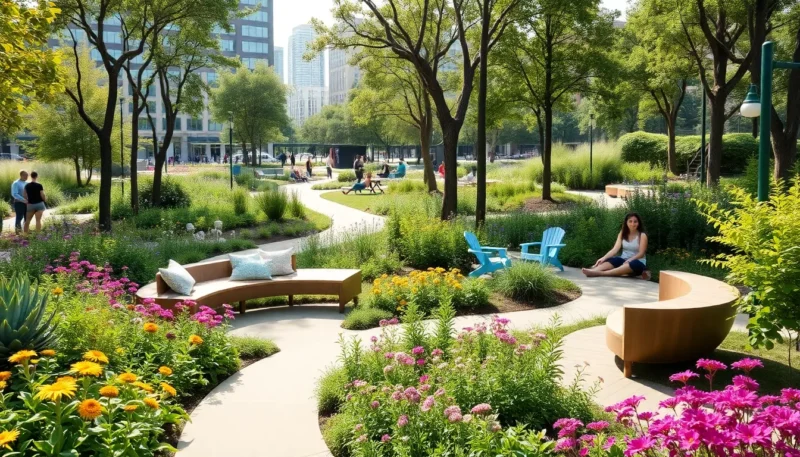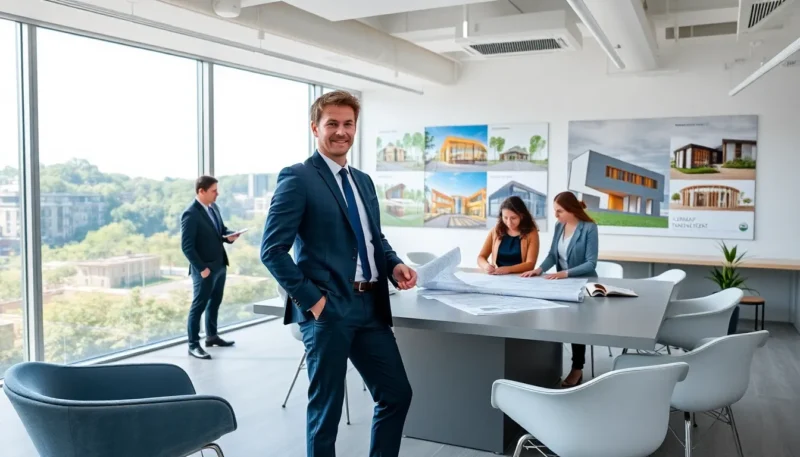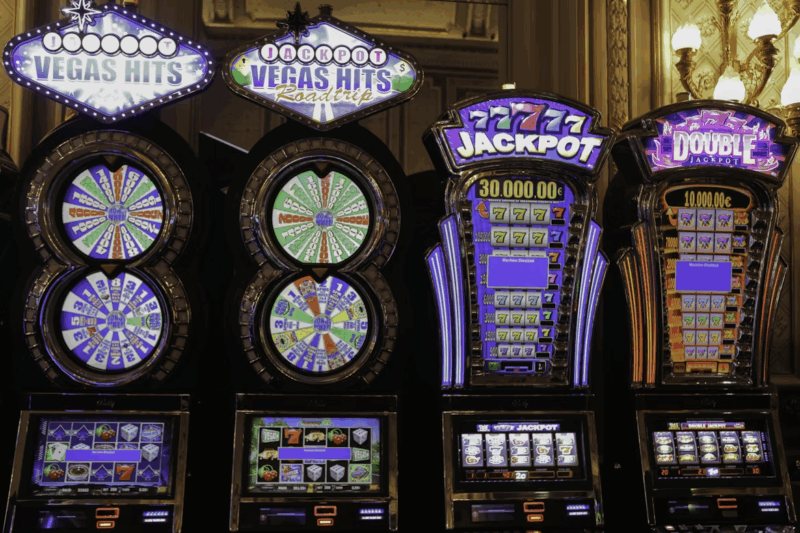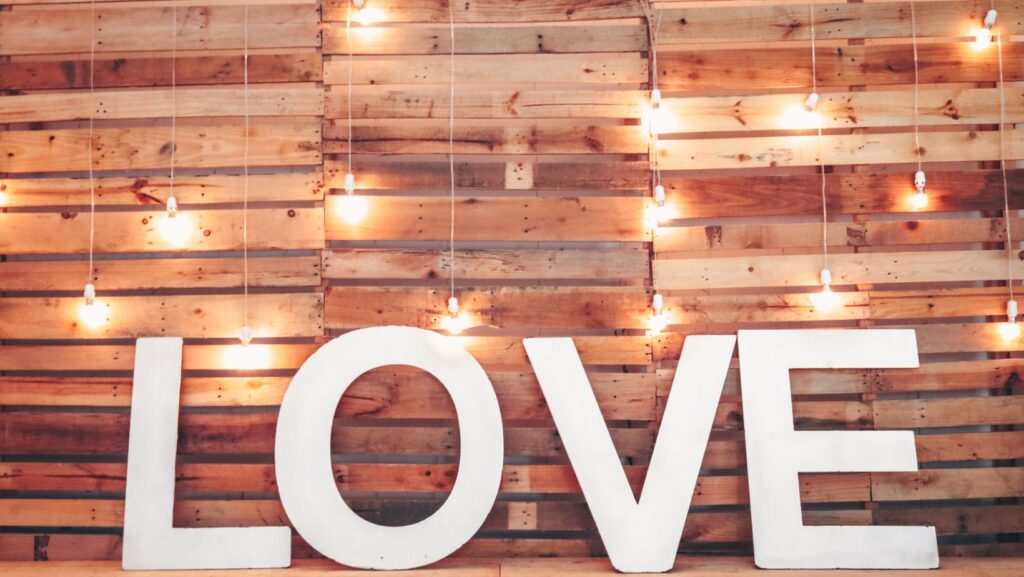
If you walk into almost any modern building today, you’ll probably spot wood. It might be a warm-toned ceiling beam, a sculptural staircase, or wide-plank floors. The world is full of metal, concrete, and all kinds of futuristic materials, but we keep coming back to this ancient, natural material. Why haven’t we moved on?
Because wood still has a lot going for it, that’s why. There’s no high-tech surface that can bring that kind of calm and comfort like wood can. It’s renewable, it ages well, and it works in almost any setting, so it’s no wonder architects love it and homeowners want it.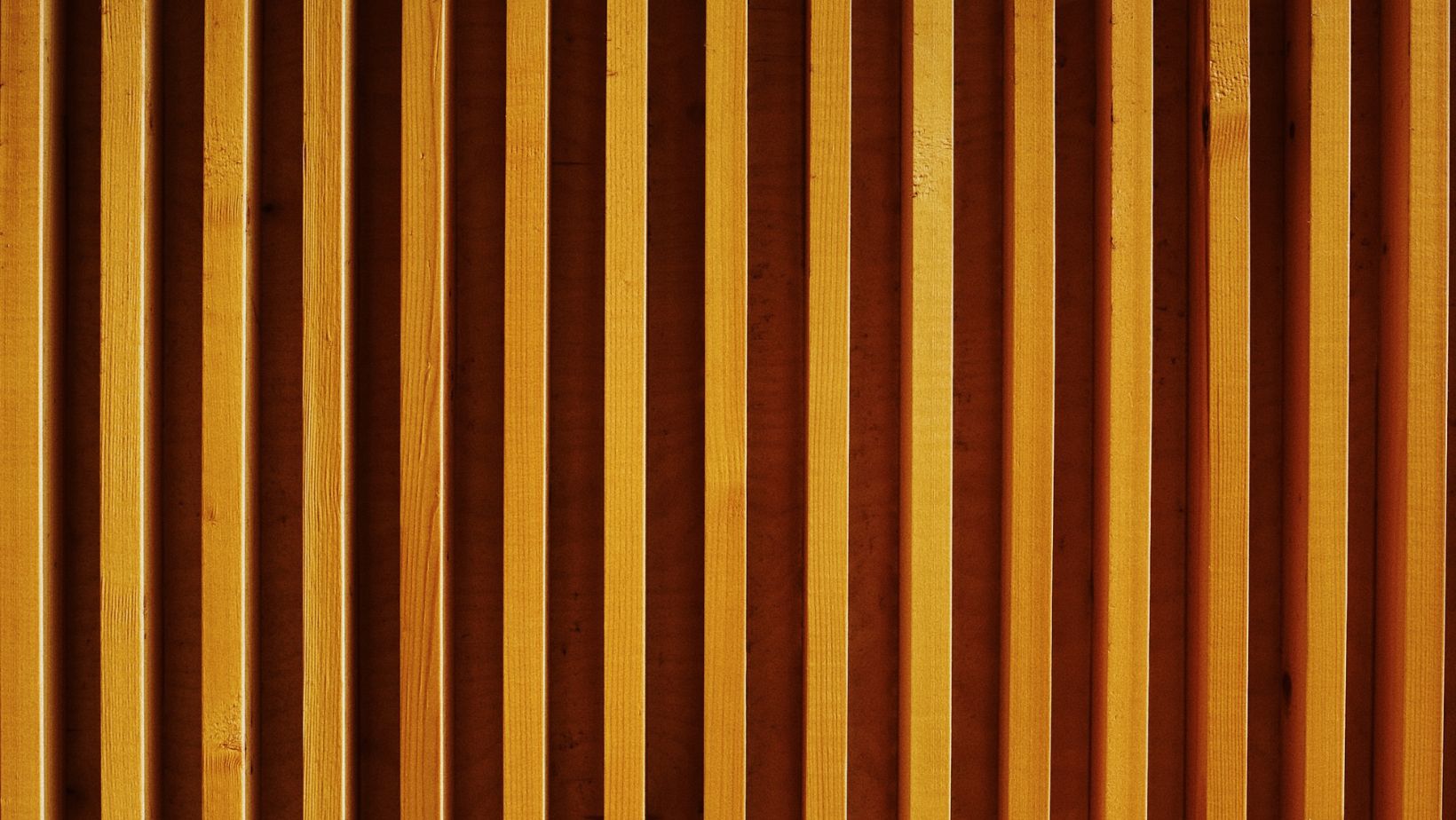
And no matter how ‘modern’ things get, wood always finds its way into the design.
Wood as a Timeless Aesthetic Element
Wood can instantly make any space feel more human. It brings a kind of natural warmth that you can’t get from materials like metal or concrete. Walk into a minimalist home with sleek white walls and polished concrete floors. If there’s a single wooden beam or a warm-toned table, it goes from a dentist’s office to a welcoming space. That’s the power of wood.
It’s also incredibly versatile. You’ll find it in structural elements like exposed ceilings, but also in wall cladding, flooring, built-ins, and furniture. Regardless of the style, wood fits right in. What makes it even more special is that no two pieces are the same.
Every plank has its own grain, color shifts, and texture, which adds depth and personality that mass-produced materials can’t replicate.
Why Wood Is Still a Smart Material
Apart from just looking good, wood is actually one of the smartest material choices today. When it’s responsibly sourced, it’s sustainable, renewable, and has a much lower impact on the environment than concrete or steel. In fact, wood actually stores carbon instead of releasing it, so it’s a great choice for eco-conscious building.
It’s also very practical. Wood naturally keeps buildings comfortable because it’s an insulator, which means better energy efficiency. It also softens sound, so open-concept homes and offices feel calmer and more quiet. And thanks to new technology, wood is now more durable than ever. Engineered wood products now resist moisture, pests, and warping.
On top of all this, treatments like fire retardants and advanced sealants make it safer and suitable for all climates.
Where Wood Still Thrives
Wood is still going strong, and here’s where it thrives the most.
Homes and Apartments
Wood is almost everywhere in residential spaces, and it’s not hard to see why. It’s the go-to choice for floors, cabinets, exposed beams, and cozy accent walls that break up the starkness of drywall. It’s even used in modern and high-tech homes, where it creates contrast and makes things feel more lived-in.
Designers like wood because it softens the sharp lines of minimalist spaces, plus it adds that feeling of warmth to smart homes that are (often) full of screens and automation.
On a bigger scale, architects are now using CLT to construct mid-rise apartment buildings. This is a newer way of using wood, and it allows for taller, more sustainable structures.
Specialized Utility Structures
Wood is the material of choice for many specialized, hardworking structures. On rural or equestrian properties, structures like horse stalls are still built from wood. This isn’t just because of tradition, but because wood helps create a more breathable, comfortable environment for the animals.
Public and Cultural Buildings
There’s also a place for wood in public architecture. Libraries, museums, community centers, town halls… These buildings often go for being both inspiring and welcoming, and what better way to strike that balance than by using wood?
Timber is used for large structural spans, which allows for the interior to be wide-open without heavy steel framing. And as previously mentioned, wood is sustainable, which is important in buildings that are meant to serve communities for generations.
Commercial Buildings
Wood has a big role in the commercial world, too. In office design, metal and glass usually dominate the scene, but wood helps with balance because it brings about a sense of calm. Open-plan workspaces feel warmer, which can actually improve the well-being and productivity of employees.
Outdoor and Semi-Open Structures
You’ll see wood in pergolas, decks, walkways, and even covered outdoor lounges. When it comes to outdoor living, wood is still a favorite. Materials like metal and plastic might seem more durable at first glance, but treated wood can handle the elements just as well, plus it looks better with the natural landscape around it.
That’s part of its appeal: wood blends seamlessly with trees, plants, and gardens, so it feels more like an extension of the environment than something you dropped on top of it.
Conclusion
In a world filled with concrete, plastics, digital this and that, wood truly stands out as a comforting champion simply because it introduces charm, warmth, and texture… It even helps with insulation and also helps reduce stress levels in people.
In modern architecture, wood thrives. And while trends come and go, wood isn’t going anywhere; not anytime soon, anyway.

